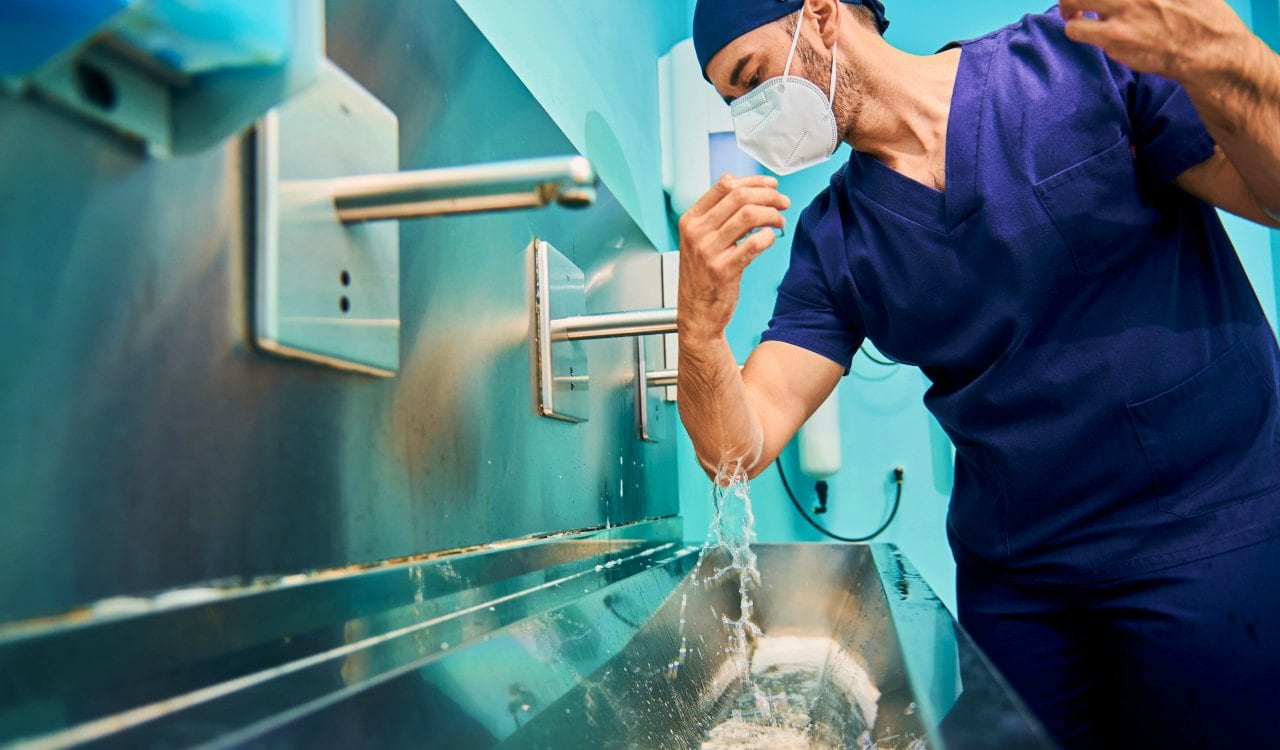Grey’s Anatomy is just like a lot of other medical shows on television. They discuss or deal with several things that doctors or surgeons in the real world might see and treat in the real world. However, when it comes to medical accuracy among medical shows, Grey’s Anatomy has long been known as the worst in the bunch. Shows like Chicago Med, ER, Code Black, The Good Doctor, House, and even Scrubs have better medical accuracy. Weirdly enough, Scrubs, scalpel-for-scalpel, is the most medically accurate medical show there has ever been. Likely thanks to never going too far, especially for residents at a hospital.
Grey’s Anatomy, on the other hand, has given people a very bad picture of the medical community. Not only have they made medical mistakes almost too many times to count, but they have given off ridiculous expectations. For example, doctors and nurses are not “getting it on” all the time. They are especially not doing this inside a hospital, at least not enough to make it a common theme. On top of this, Grey’s Anatomy has made people assume doctors and surgeons can do things that are simply not possible in the real world. There is so much we could point to regarding the show that we made a list of the worst medical mistakes they made.

The Scrub-In Rules
Before a surgeon operates on a patient, he or she must “scrub in.” Essentially, they use not only a special cleaning area but even special soaps and cleansing agents to ensure they do not pass something onto a patient. The surgeon’s hands, nails, and even forearms are cleaned meticulously in order to make everything as safe and sanitary for the patient as possible. They’ll even avoid touching anything or anyone once they’ve washed up. However, Dr. Jackson Avery seems to have missed this entire semester of medical school.

After scrubbing in before a surgical procedure in Season 12, Dr. Avery crosses his arms and even puts his hands on his forearms. That is a direct medical violation of the rules when it comes to scrubbing in. His hands are now, technically, contaminated. Of course, to give him credit, Dr. Avery seems to realize this medical blunder after looking at his fellow doctors and quickly uncrosses his arms. However, bacteria are able to immediately cross over to Avery’s hands here. Therefore, he’d need to scrub in yet again before operating on the patient. If he were to give them any sort of infection, the hospital could easily be sued over this.
